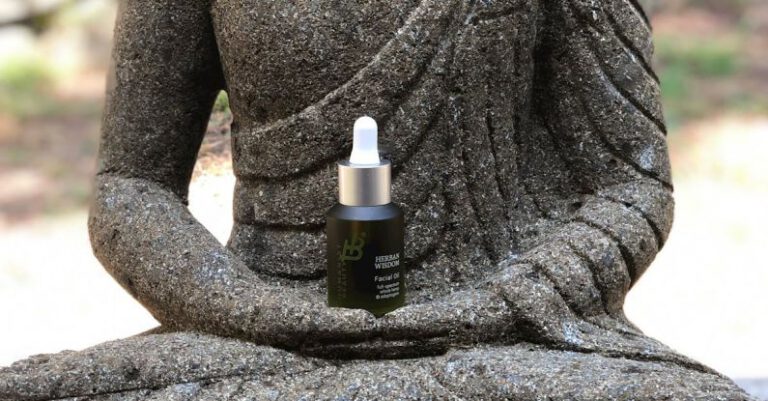What Are the Psychological Triggers in Consumer Behavior?
Consumer behavior is a complex field that involves studying why individuals make the purchasing decisions they do. One crucial aspect of consumer behavior is understanding the psychological triggers that influence people’s buying habits. These triggers play a significant role in shaping consumer preferences, attitudes, and behaviors towards products and services. By delving into the various psychological triggers that drive consumer behavior, businesses can better understand their target audience and tailor their marketing strategies accordingly.
The Power of Emotions
Emotions play a pivotal role in consumer decision-making. People often make purchases based on how a product or service makes them feel rather than purely on rational considerations. Positive emotions such as joy, excitement, and satisfaction can drive individuals to make impulse purchases or develop strong brand loyalty. On the other hand, negative emotions like fear, guilt, or anxiety can also influence consumer behavior by prompting individuals to seek solutions to alleviate these feelings through purchasing specific products or services.
The Influence of Social Proof
Social proof refers to the phenomenon where people look to others’ actions and behaviors to guide their own decisions. This psychological trigger stems from the innate human desire to belong and conform to societal norms. Consumers are more likely to trust a product or service if they see others endorsing or using it. Testimonials, reviews, and recommendations from peers or influencers can significantly impact consumer perceptions and influence their purchasing decisions. Businesses can leverage social proof by showcasing positive customer experiences and testimonials to build trust and credibility with their target audience.
The Scarcity Effect
The scarcity effect is a psychological principle that suggests people place a higher value on items that are perceived as scarce or in limited supply. The fear of missing out (FOMO) drives consumers to act quickly and make purchases to avoid losing out on an opportunity. Limited-time offers, exclusive promotions, or products with low inventory levels can create a sense of urgency and compel consumers to make a purchase before the opportunity disappears. By leveraging the scarcity effect, businesses can stimulate demand and drive sales by creating a sense of urgency and exclusivity around their products or services.
The Power of Persuasion Techniques
Persuasion techniques are commonly used in marketing to influence consumer behavior and drive sales. Reciprocity, authority, commitment, consistency, liking, and social proof are all powerful tools that can be employed to persuade consumers to make a purchase. Reciprocity involves offering something of value to customers to encourage them to reciprocate by making a purchase. Authority involves positioning oneself as an expert or influencer in a particular industry to gain credibility and trust with consumers. Commitment and consistency entail encouraging consumers to take small steps towards a purchase to increase their likelihood of following through with the transaction. Liking involves building rapport and establishing a connection with consumers to make them more receptive to marketing messages. By understanding and utilizing these persuasion techniques, businesses can effectively influence consumer behavior and drive conversions.
The Impact of Cognitive Biases
Cognitive biases are inherent tendencies or patterns of thinking that can influence decision-making processes. Confirmation bias, availability heuristic, anchoring effect, and loss aversion are a few examples of cognitive biases that can impact consumer behavior. Confirmation bias occurs when individuals seek out information that confirms their existing beliefs or preferences, leading them to overlook contradictory evidence. The availability heuristic refers to the tendency to rely on readily available information or examples when making decisions, even if they are not representative of the overall situation. The anchoring effect occurs when individuals rely too heavily on the first piece of information they receive (the anchor) when making decisions. Loss aversion is the tendency for people to prefer avoiding losses over acquiring gains, which can impact their willingness to take risks or make purchases. By recognizing and addressing cognitive biases in consumer behavior, businesses can better understand their customers’ thought processes and tailor their marketing strategies to effectively communicate with them.
Creating a Compelling Consumer Experience
In today’s competitive marketplace, businesses must focus on creating compelling consumer experiences that resonate with their target audience. By understanding the psychological triggers that drive consumer behavior, companies can develop personalized marketing strategies that appeal to consumers’ emotions, desires, and motivations. Leveraging the power of emotions, social proof, scarcity, persuasion techniques, and cognitive biases can help businesses capture consumers’ attention, build trust, and drive sales. By incorporating these psychological triggers into their marketing efforts, businesses can create meaningful connections with their target audience and foster long-lasting relationships that lead to customer loyalty and advocacy.







